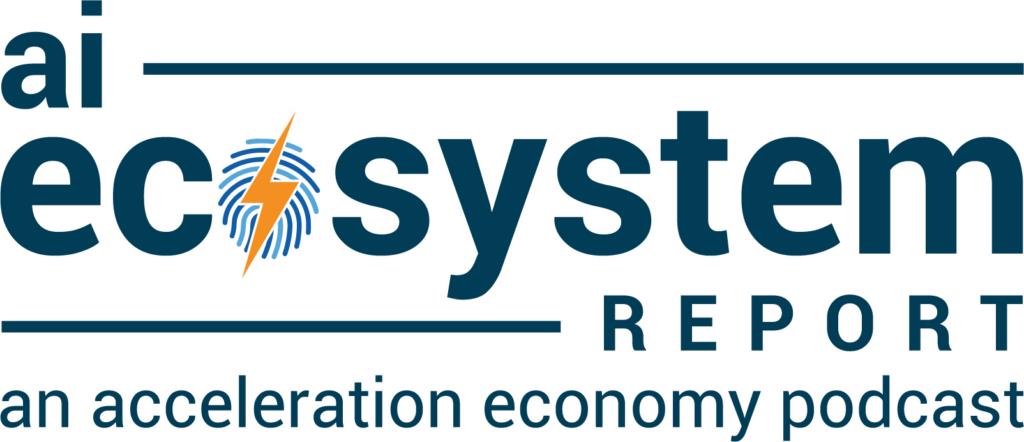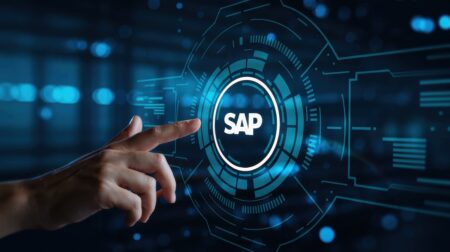UiPath Co-CEO Rob Enslin delivered his company’s perspective and answers to the top 5 process mining buyer questions for the Process Mining Battleground taking place on July 31.
Enslin addressed the company’s top financial and industry-specific use cases, the macroeconomic environment, and the advantages that UiPath customers realize by having access to process mining, task mining, and communications mining applications, along with automation software from a single supplier. He also explained how the latest generative AI technology builds on the company’s long history with artificial intelligence (AI).
Below are highlights of Enslin’s discussion with Tom Smith:
Highlights
Prevalent Customer Use Cases and Industries
01:10 — Procure-to-pay and order-to-cash are two common use cases or applications for UiPath process mining customers. Others are industry-specific: claims management is one of those in insurance and financial services. Telecom call center activation is another. The company has customers concentrated in financial services, insurance, healthcare, telecommunications, manufacturing, and the public sector, Enslin says.
01:32 — UiPath utilizes its “North Star” methodology to uncover new opportunities and use cases for customers through process mining, task mining, and communications mining.
How UiPath Supports Shifting Priorities and Macroeconomic Conditions
02:48 — Enslin says the macroeconomic environment has been highly variable for the last 18 months or so. The macro changes impacting supply chains, energy efficiency, and inflation impaired companies’ ability to achieve the growth rates they were expecting relative to their cost structure.
04:07 — UiPath addresses macroeconomic factors through a process called discovery, as well as North Star, to uncover the opportunities a customer can focus on to drive efficiencies by applying process mining, task mining, and communications mining. “At UiPath, we understand documents, understand tasks, and understand screens with our computer vision technology. So we believe we are the only one in the industry that can combine all three aspects together to help companies uncover where they have opportunities in their business to improve their business dramatically, shift resources from one area to another to actually get the maximum impact, and ensure their automations are driving levels of efficiency and customer intimacy as well…It’s about giving the right answers to customers.”
05:10 — He cites Takeda, a pharmaceutical industry customer, that uses UiPath process mining and task mining to drive clinical management and drive significant cost savings.
Top Differentiators
05:46 — Enslin reiterates the point that UiPath offers more than process mining. “Not only are we able to uncover where processes are breaking down…but we’re able to combine the human element with processes, with our task mining capability. And with communications mining, it’s about understanding all the communications coming into a company.”
06:09 — Enslin says that when you consider how to solve the biggest problems or uncover the biggest opportunities in a company, “We have the ability to go across all aspects of a company and drive it and then combine that with test automation so that if you have to make changes, we can actually apply our testing solution directly to those changes and identify those changes automatically.”
06:44 — Another element that’s significantly different is the ability to have large amounts of data around documents, and task screens through AI technology, which UiPath was founded on.
Making It Easier to Adopt Process Mining, Plus Customer Examples
07:51 — The UiPath Business Automation Platform includes process mining, task mining, communications mining, test suite, document understanding, and the enterprise operations function. That’s all included as part of the package so it’s a flexible deployment for customers. “Our customer does not have to actually purchase all these individual pieces and put them together themselves. We provide a completely integrated platform — one product covers all of these aspects together with automation….” He cites Takeda, Pfizer, and a large health insurance company as customer examples in this context.
08:30 — The platform also features workflow and low-code/no-code functionality so customers can build automations on the fly. And UiPath includes Solution Accelerators to make it easier for customers to get the full impact at once. The company shows step-by-step how to discover, automate, and put automations into production. Then, if things change, customers can use test solutions to identify changes and fix them.
09:01 — He notes one of the biggest challenges with process mining takes place when a company uncovers opportunities but isn’t readily able to address them.
AI’s Role in the Platform and the Product Roadmap
09:43 — Enslin says the most common question he gets today from customers regard AI and generative AI and the company’s plans with this technology.
10:04 — The company showcased on its recent earnings call a generative AI process to have automations built on the fly. That involved creating an expense report; a person entered, “Please create an expense report” and the generative AI technology, together with a specialized large language model, was able to build the scripts, the context, and the prompts automatically to execute a closed-loop process.
10:58 — UiPath has AI built into its robotic process automation (RPA) product with computer vision. It uses transformer models for task mining and has been doing so for a long time. Its document understanding product has over 30 machine learning (ML) models built into it. A new product in customer preview called Clipboard AI uses generative AI [to simplify and speed up data transfer between documents, spreadsheets, and applications]. AI is “part of the DNA of UiPath,” he says.
11:37 — UiPath has a methodology to build generative AI use cases with ChatGPT-4 so customers can identify, through the discovery process, where generative AI can deliver value. “Our customers will be able to launch their own GenAI solutions with UiPath. And then you can store your own models in the UiPath automation cloud as well.”










